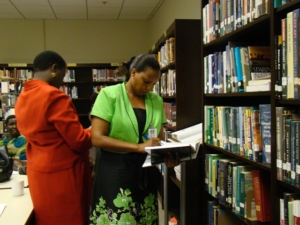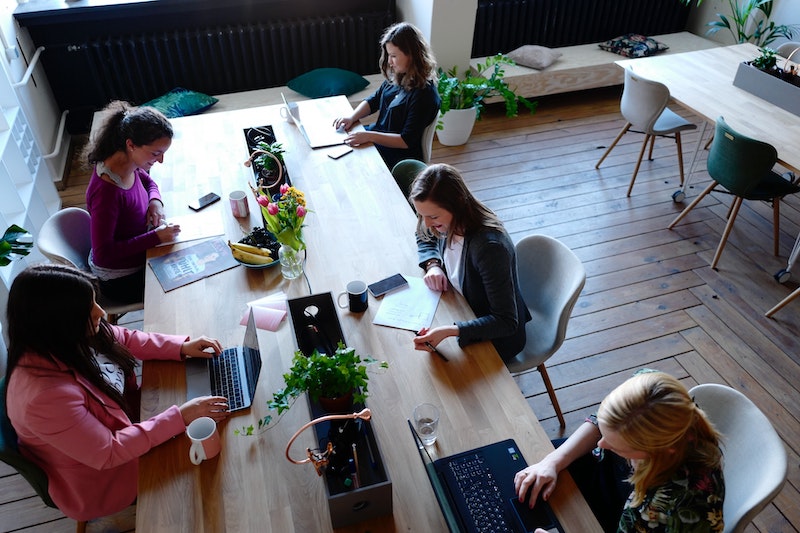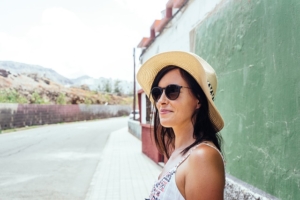 To advance women’s rights in Spain, the Spanish parliament is implementing and strengthening legislation to give women more resources, freedom of choice, equal opportunities and greater protection. Hundreds of women gathered in the streets of the country to celebrate the recent passing of the new laws that uphold women’s rights in Spain.
To advance women’s rights in Spain, the Spanish parliament is implementing and strengthening legislation to give women more resources, freedom of choice, equal opportunities and greater protection. Hundreds of women gathered in the streets of the country to celebrate the recent passing of the new laws that uphold women’s rights in Spain.
Gender Equality in Spain
The roots of the country’s gender inequality derive from the Franco era of National Catholicism. During this era (1939-1975), the regime significantly restricted women’s rights and gave strict regulations for women to follow. For example, without her husband’s consent, a married woman could not engage in most economic activities, such as participating in the labor force, owning land/property or traveling.
However, Spain’s transition to a democracy spurred a feminist movement with women throughout the country demanding equal rights, leading to milestone changes for women’s rights in Spain.
In the present day, Spain stands strong as one of the top 20 most gender-equal countries in the world. In the Global Gender Gap Report of 2022 by the World Economic Forum, Spain ranked 17th out of 146 countries. Despite Spain’s gender equality rate standing at about 78%, progress is still necessary to achieve gender parity.
Violence Against Women in Spain
Spain has struggled with gender inequality and gender-based violence due to the “machismo” culture prevalent across the nation. The machismo culture contributes to male aggression and violence against women. In 2022, Spain implemented a new system to officially count the number of femicides in the country, making it the first nation in Europe to do so. This system aims to prevent gender-based violence in Spain and address the roots of the problem. According to government statistics, since 2003, at least 1,125 women in Spain have been killed by their husbands or former partners. In 2021, this number equated to 43.
The executive summary of the 2019 Macro-Survey on Violence Against Women by the Ministry of Equality shows that more than 50% of women aged 16 and older in Spain have experienced violence due to their gender at least once, equalling about 11.6 million women.
The 2019 summary further states that 13.7% of women aged 16 and older in Spain have experienced sexual violence at least once in their lifetime.
The Third Strategic Plan
These staggering statistics explain why the Spanish parliament is focusing its attention on women’s rights in Spain. Lawmakers created a strategy called the Third Strategic Plan for the Effective Equality of Women and Men (PEIEMH) 2022-2025.
This plan is a €21.319 billion investment with four main goals:
- Create a more inclusive government showcasing democracy.
- Further the economy through unbiased issuance of wealth and closing the gender wage gap.
- Eliminate gender violence.
- Secure women’s rights in Spain in every aspect of their daily lives.
Furthering Women’s Rights
The Third Strategic Plan is cohesive with the new laws the Spanish parliament has passed. One of these pieces of legislation introduces menstrual leave for women, making Spain the first European nation to offer paid menstrual leave for those who endure excruciating menstrual pain that interferes with daily life.
Considering that at least two in 10 women in Spain live in poverty, this means at least 20% of women in Spain endure menstrual poverty as well. Period products, such as pads and tampons, will now be accessible without cost in schools and prisons in response to the rise of menstrual poverty among women.
In August 2022, lawmakers strengthened the “Only Yes Means Yes” legislation to better protect the rights of victims of rape. The law states that any nonconsensual sexual activity is rape and express consent will be key in sexual assault cases. Prior, in order to obtain a conviction, these cases needed evidence proving that a perpetrator used violence or intimidation.
“The new law removes the distinction between sexual abuse and sexual aggression (rape) by making explicit that consent is the deciding factor. Passivity and silence can no longer be interpreted as consent,” noted The Guardian.
Spain is also looking to introduce a law requiring companies and the Cabinet to have at least 40% of their boards made up of women. This law will give more women in Spain the opportunity to be represented in political positions and in the workforce.
Spain continues to strive toward advancing women’s rights and protecting the country’s women. Incorporating new laws will provide a brighter future for the country and its people, especially women.
– Zyairah White
Photo: Pixabay
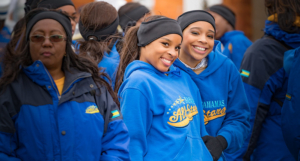 From women’s suffrage efforts
From women’s suffrage efforts 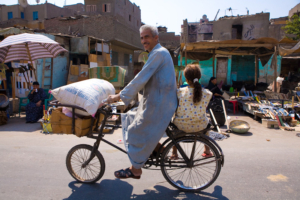 Egypt is a country with a rich history and diverse culture. Unfortunately, it holds the title of having the highest gender wage gap. The
Egypt is a country with a rich history and diverse culture. Unfortunately, it holds the title of having the highest gender wage gap. The 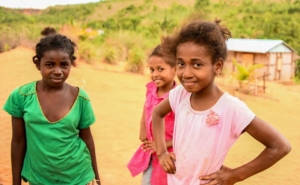 Gender inequality in Madagascar remains a key issue for women. The United Nations International Children’s Emergency Fund (UNICEF) defines
Gender inequality in Madagascar remains a key issue for women. The United Nations International Children’s Emergency Fund (UNICEF) defines 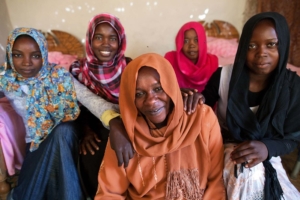 Gender equality is a fundamental human right that is crucial for sustainable development. USAID, the United States Agency for International Development, advances gender equality through its policies, programs, and partnerships. USAID has implemented a range of strategies to promote gender equality, including the following three:
Gender equality is a fundamental human right that is crucial for sustainable development. USAID, the United States Agency for International Development, advances gender equality through its policies, programs, and partnerships. USAID has implemented a range of strategies to promote gender equality, including the following three: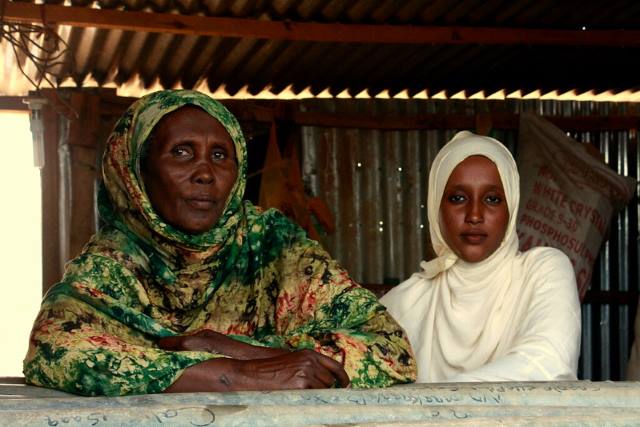 The Kakuma Refugee Camp, located in Kenya, was originally established for young children who escaped war in Sudan and Ethiopia. Today, the camp is home to about
The Kakuma Refugee Camp, located in Kenya, was originally established for young children who escaped war in Sudan and Ethiopia. Today, the camp is home to about 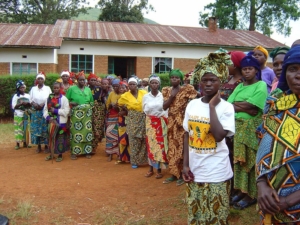
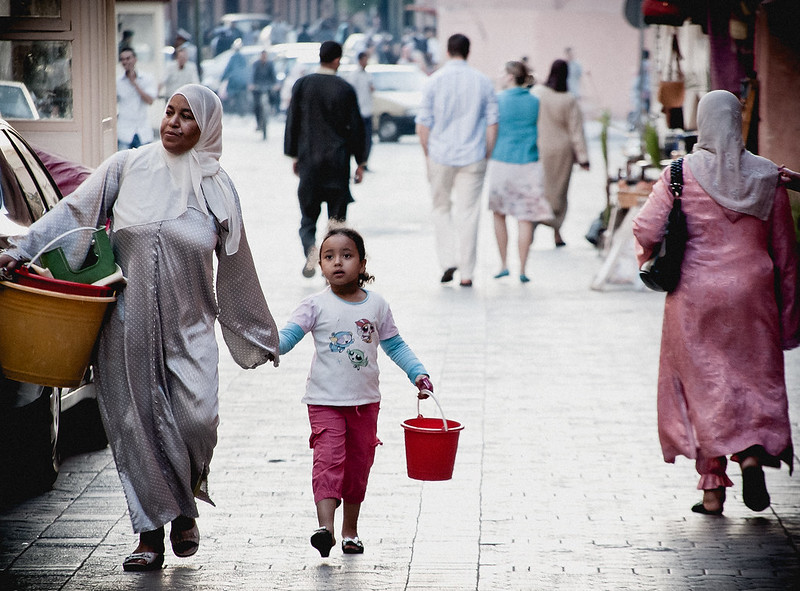 NGO
NGO 